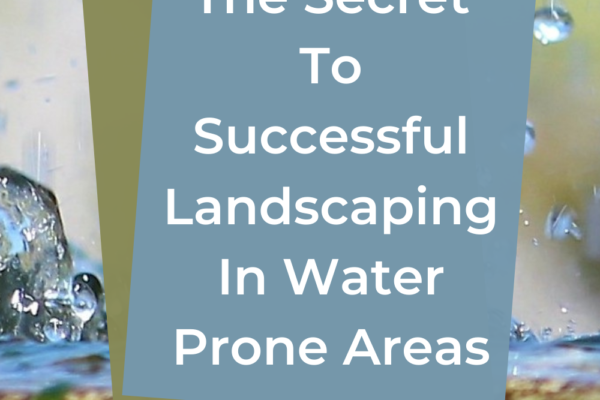A few years ago, I was griping about lawn maintenance to a friend and she told me the most amazing thing: she and her family and their neighbors had decided to quit grass in favor of clover. Not only that, but this was a thing that people are doing all over.
As someone who grew up with a mother who complained about bunnies in the yard (I suppose they ate her flowers), I couldn’t fathom planting bunny food as a yard. But the logic was simple:
Clover is low maintenance.

What’s the goal of your yard?
America has this deeply ingrained obsession with lawns. They’re lovely, really. They provide a landscape to run and play, kick a ball, play with the family dog. But then we spray them… and water them… and mow them.
The fertilizer becomes tracked into our homes and washed into our waterways making our lakes green and toxic. (A number of dogs have died due to blue algae contamination in our local lakes.)
In our old neighborhood, you could walk around in the spring and see signs for all the lawn companies proudly on display like status symbols. That chemical fertilizer fragrance wafting through the air.
So, I beg you to take a few moments to reflect on why you’re committed to turf grass.
I understand that there’s the social pressure of neighbors, but fundamentally, isn’t the real reason why we strive to have soft grass underfoot to give our families a nice place to play? I promise you that kids and dogs don’t care about the quality of your lawn. I can also promise you that they would love it if they could go swimming in your local lake.
A few delightful details
Here are a few things we’ve learned to love about clover as we’ve researched and begun our switch.
- Clover only grows a couple of inches high. (No/less mowing!)
- It’s great food for pollinators.
- It doesn’t require watering or fertilizer, proving to be more hardy than drought-resistant turf grasses.
- It’s soft on the feet!
- It smells delightful.
- It spreads easily. (They spread through a root system.)
- Those cute little clover flowers will keep bunnies out of your garden. (Take that, Mom!)
Worried about bees?
One of our best friends is an entomologist and beekeeper, so we’ve learned to love and appreciate the bees (and most other bugs). If you’re worried about them because of stings or allergies, please know that bees are generally very docile creatures. Like them or not, we need bees, so please try to respect the important job that they do. Besides, what’s a world without flowers and honey?
In our family, we teach our kids how to identify the difference between bees and more aggressive species (wasps and hornets) and to simply respect their space. Here’s our son following a fluffy bumble through our garden and waving hello at age 2. 🥰
[Do you know this simple hack to deter wasps and hornets?]
The fragrance!
I’ll never forget the summer day I opened our front door and was greeted by the delightful fragrance of clover flowers. I had no idea what it was; I’d never smelled it before! But the little field of them in front of me quickly answered my questioning nose. Not to mention the sweet sight of happy bees buzzing about them. (Yay, bees!)
If you like the smell of fresh cut grass, I promise that you’ll LOVE the smell of a clover yard.
How do I get a clover yard?
A clover yard is simple to “install” as nature handles most of it! Come spring, buy a few bags of clover seed and simply spread throughout your yard. Clover seed is very lightweight, so it’s recommended that you mix it with sawdust for a more even spread. But who has sawdust on hand? Instead, we use this seed which is coated with an inoculant. The coating not only helps the seed succeed in sprouting and rooting, but also gives the seeds some weight to help with more equitable distribution.
Then wait. Over the course of the next few years, the clover will mature and slowly take over the grass in place. The clover’s root system is much deeper and stronger than that of grass. It’s the same principle as that of planting native flowers versus non-native species (this does not include invasive species, which can choke out native plants).
Much like planting a rain garden, it takes some time and patience for a clover yard to mature, but it’s sure to pay dividends for your patience.
After all, good things come to those who wait.
What are you waiting for?
— Melissa, The Joneses Four





5 thoughts on “Clover Lawns: The New, Green Trend”